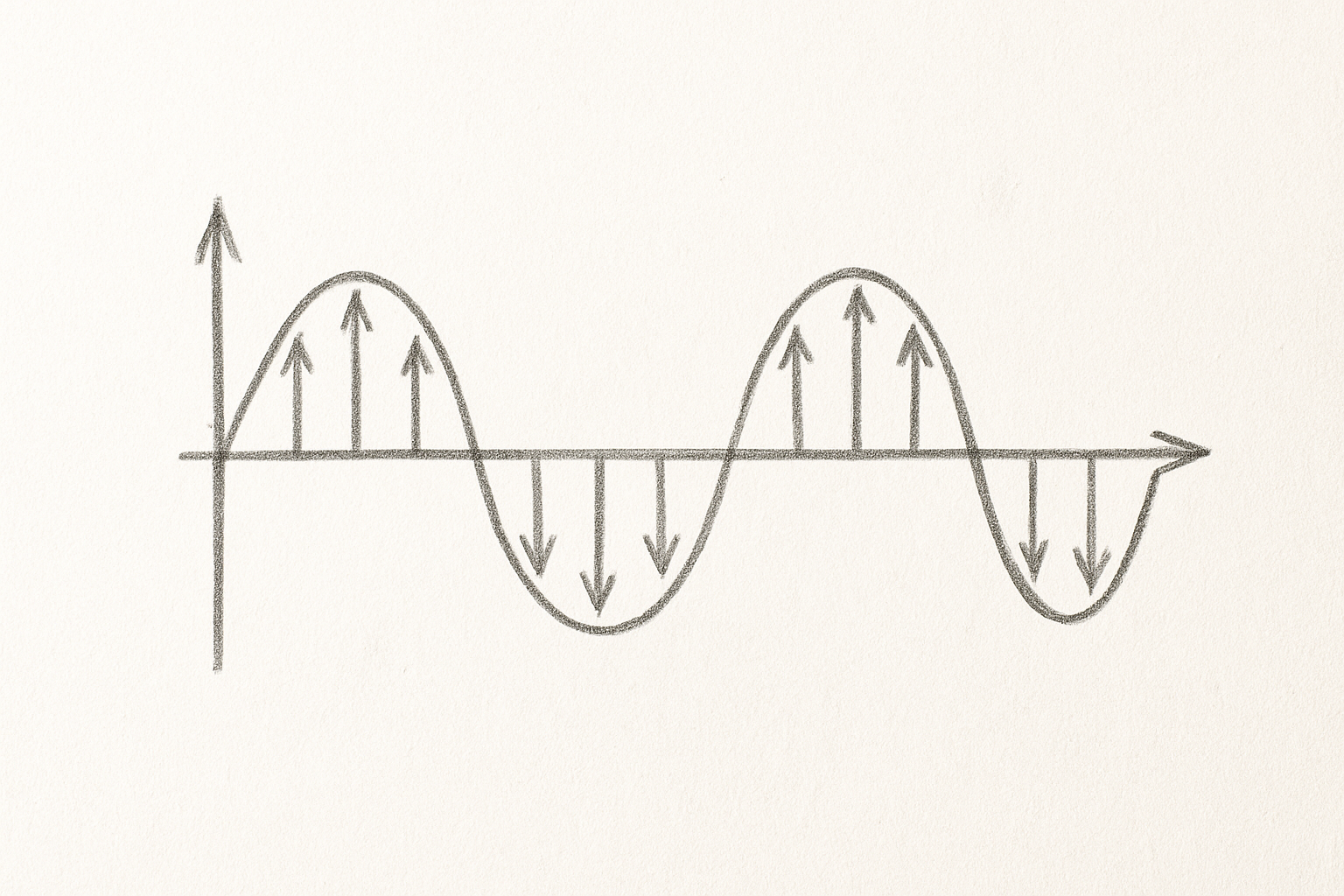Terms Used in The Origin of Everything
-
Photon
A flat, two-dimensional wave of E-M energy forming light that carries spin but has no rest mass or volume. It can exist in a vast range of frequencies. Under the right conditions, photons can combine to form matter. Matter made from energy.

-
Soliton
A soliton, also called a solitary wave, is a stable, self-contained standing or localised wave of energy that does not disperse. Unlike other waves it holds its shape in space-time behaving much like a particle. It is a general phenomenon in nature forming such things as soap bubbles, smoke rings and slow moving canal waves. SED utilizes this concept in its theory of the roton.

-
Roton
A roton (short for rotating photon) is a specific type of soliton formed when two highly energetic gamma-ray photons collide and superpose to create a particle. Unlike a normal photon, it spins simultaneously in two perpendicular planes, creating a tiny three-dimensional structure. The roton is the basis of fundamental particles and hence all matter by trapping energy in a compact volume to create mass, charge, magnetism and the other properties of fundamental particles.

-
Field
A quantity defined throughout space that describes a physical influence. It was once called action at a distance. In this book, the electromagnetic field is the only true fundamental field, responsible for all interactions and physical phenomena.

-
Electromagnetic (E-M) Field
A physical field composed of electric and magnetic components which self-generate each other as they change. In SED, it is the underlying substance of the universe, forming both energy (as photons of light) and matter (as solitons or rotons of matter). This field creates everything.
-
Structural Electrodynamics (SED)
A proposed physical framework in which all matter and forces arise from the dynamics of electromagnetic (E-M) fields alone. SED emphasises structure, circular motion, and energy confinement to explain the nature of all particles and forces in the universe.
-
Spin
The intrinsic angular momentum of a particle. In SED spin is not an abstract conception but real circular motion or angular momentum of the E-M field. All particles have a total spin of h, appearing as h/2 at any instant in matter particles, due to the roton's twin-loop structure.
-
Planck’s Constant (h)
A fundamental constant that represents the smallest unit of angular momentum or spin in quantum physics. It exists in everything by defining circular motion and can never be divided. It is central to this theory, because all particles contain exactly one unit of h and they and their properties only exist because of it.
-
Fermion
When highly energetic photons combine, a matter particle can be formed by making a roton (e.g., electron, proton, and neutron). Fermions follow the Pauli Exclusion Principle and exhibit half-integer spin because they have a structure and volume that gives rise to mass.
-
Boson
An energy carrier with integer spin, such as a photon. Unlike fermions, bosons can occupy the same quantum state because they have no volume, and in SED, are precursors to matter.
-
De Broglie Wave
Also called a matter wave, it is the miniscule wave-like behaviour of a moving particle possessing momentum. In SED, this arises because of the ubiquity of Planck's constant both inside and outside the particle. This is why we have wave-particle duality.
-
Uncertainty Principle
A quantum principle stating that certain pairs of properties (like position and momentum, energy and time) cannot be precisely and simultaneously known or measured. In SED, this arises naturally from the structure of the roton and the indivisibility of Planck’s constant. It is also how SED explains the formation of nucleons inside the atom.
-
Supersymmetry
This refers to the transformation of energy into matter or turning bosons into fermions. Specifically, how two energetic photons (bosons) can create a fermion by forming a roton.